A groundbreaking project to restore nature to a beautiful Nidderdale estate is engaging locals from stone wallers to pub landlords
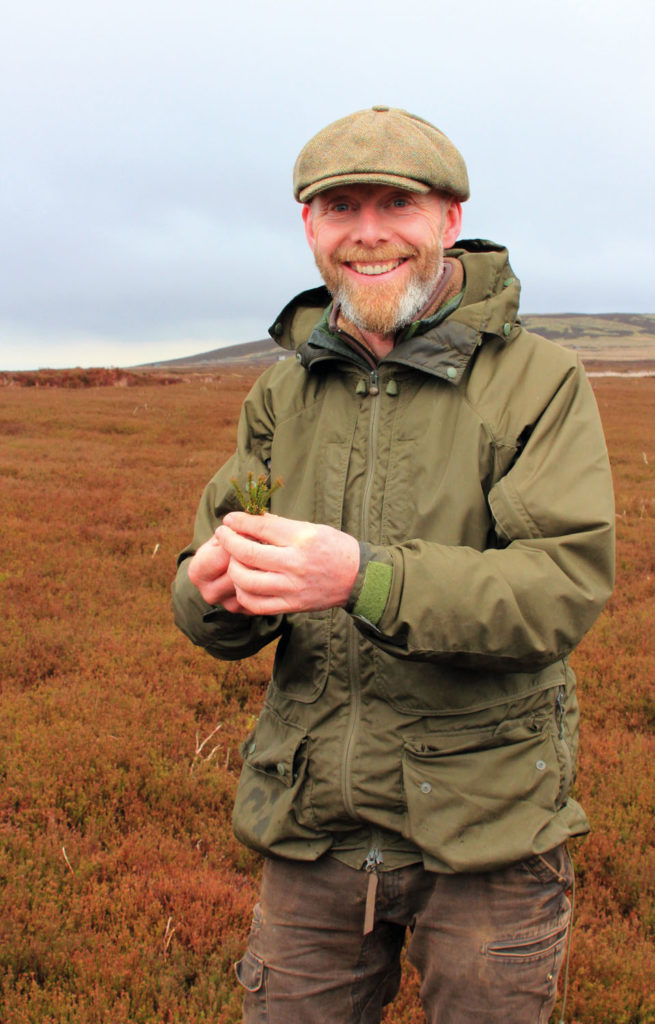
When Roy Burrows became manager at the 1,500-acre Summerstone Estate three years ago, it had been grazed intensively, the woodland largely unmanaged, and there was little wildlife on the ground. Roy and the estate’s new owners, Steve and Karen Halsall, shared a vision for transforming this lovely corner of the Dales into a wildlife haven including planting 65,000 trees, sowing wildflowers, reseeding hay meadows and restoring heather moorland. Roy said: “Steve is very enthusiastic and we have the same goals. He sees things in the long term and wants to invest in conservation for the future.”
Roy and Steve could not have achieved what they have so quickly without a great team. Roy said: “I’m new to managing a project on this scale. The key is to take expert advice and find good people to work with who share your passion.” One of those is Roy’s wife, Dawn, who works in the estate office and on the land. The day I visited Summerstone she was replanting new trees that had been blown over with Tom Mann, who is employed full-time to assist with all aspects of estate management. She said: “I love the outdoors and so I’m lucky to be able to play a part in restoring this stunning landscape.”
Farm facts
- Location: Nidderdale
- Type of farming: Beef and sheep
- Acreage: 1,500 (including 500 acres of moor)
- Funding Grants: Countryside Stewardship Higher Tier and Capital Grants
In addition to the new woodland, a key element has been a radical change in the approach to livestock. Previously, large numbers of sheep had grazed most areas of the estate, leaving little habitat for insects or birds. Now water courses and woodland have been fenced off, sheep are kept off the ground at key times of year, and a much smaller flock of native Swaledales do a great job of keeping the sward at the right height to attract ground-nesting waders including curlew, oystercatcher, redshank and lapwing. The results were immediate, with endangered lapwings successfully breeding in fields where in the past their nests were disturbed or trampled. In addition to habitat improvement, Roy controls foxes, crows, magpies and jackdaws, which eat eggs and chicks. He said: “Predator control is essential during the breeding season to lift the pressure on songbirds and waders. It is a key part of the conservation effort.”
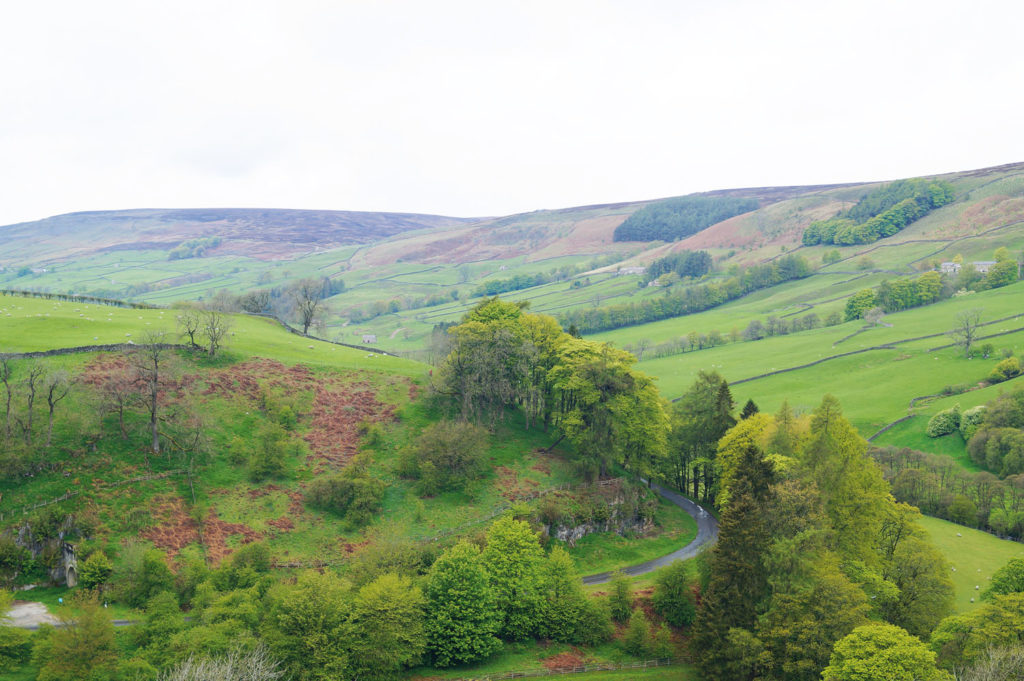
To complement the sheep, the estate is establishing a herd of belted Galloways. These rare breed cattle can restore previously intensively grazed areas by eating the less palatable dominant grasses, leaving the tussocky pasture beloved by waders. Their hoofprints fill with water, creating breeding grounds for insects and their cowpats are full of worms, which are food for birds in winter. Steve Ledger, who manages the herd, explained: “If you had commercial cattle here they would churn up the fields and require extra feed to supplement their diet. For the belties the main costs are standard vets bills, so we are sowing traditional herbal remedies like chicory and yellow rattle back into the sward to keep them healthy and give the meat a special taste.”
The conservation grazing performed by the sheep and cattle is part of the estate’s Countryside Stewardship (CS) agreement. Under the scheme it receives Capital Grants for fencing, tree planting and stone walling, as well as annual payments for income forgone on those areas farmed less intensively. Tim Firbank of seed company Oakbank Game & Conservation advises on restoring hay meadows, enhancing grassland and planting plots of wildflowers and wild bird seed under the stewardship options. He said: “Working with Roy and Steve to increase the diversity of habitats at Summerstone has been extremely rewarding. The grassland was a monoculture when the new owners took over, but by careful management of the sward height and slot seeding, we introduced better quality grasses and herbs.”
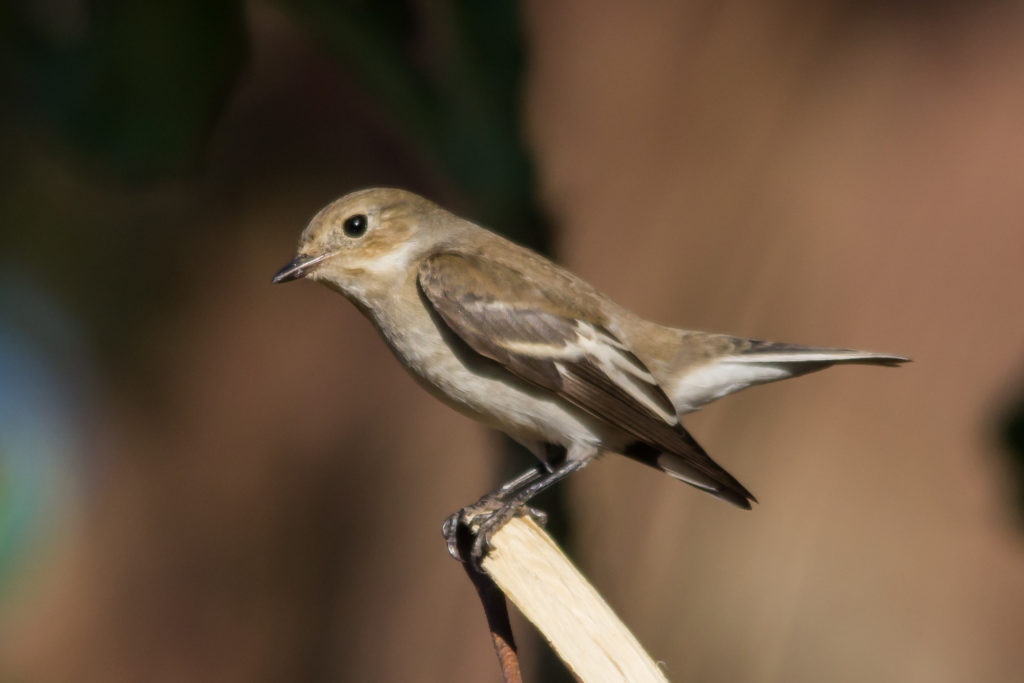
The new grazing regime provides plenty of long grass for voles, which are the main food source for barn owls. As a self-confessed bird lover, last year Roy approached the Nidderdale Birdwatching Group to supply five barn owl boxes for the estate, and this year he has three pairs nesting. The Bird Group has since been invited on tours of the estate by the Nidderdale Regional Moorland Group of local gamekeepers. Roy said: “I’m proud of what we do and we should share our success with others, which is what the bird safaris are about. If you go to other parts of the country without gamekeeping like the Lake District, Wales or Dartmoor, they’ve lost all their rare birds due to habitat loss and predators, and there’s not much to see apart from ravens and crows.” Roy has installed 50 smaller boxes for birds, three for bats and three for kestrels, all supplied by Nidderdale Birdwatchers, and five pairs of red-listed pied flycatchers have already taken up residence.
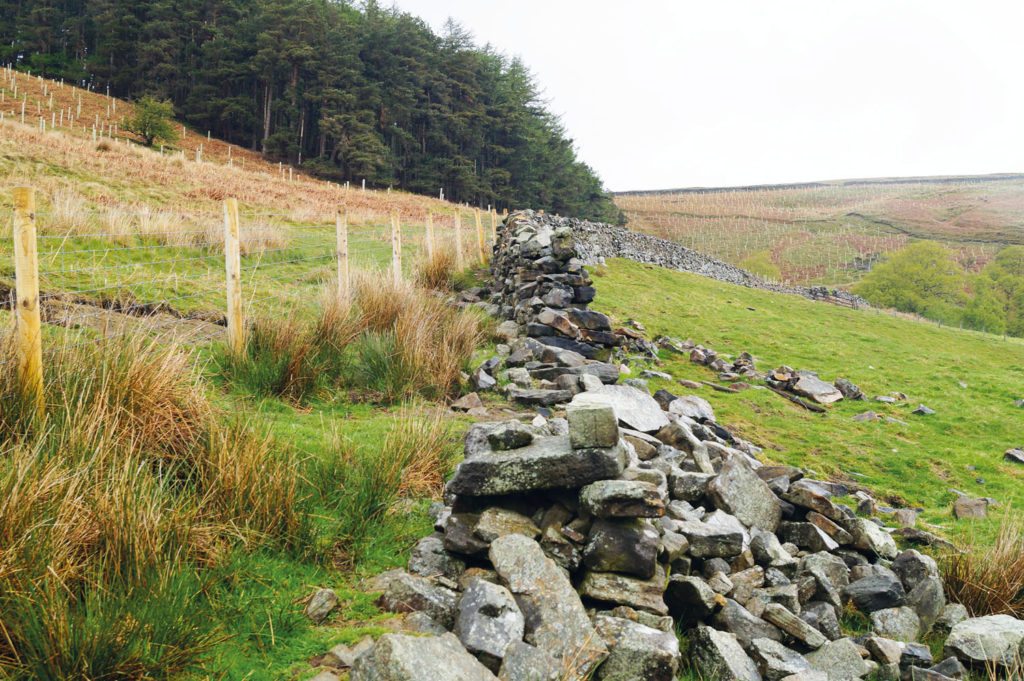
As well as full-time staff, Roy has engaged consultants to give expert guidance. Simon Marrington of Tilhill Forestry has overseen what is one of the largest tree-planting projects of its kind in the UK. Summerstone is effectively rewilding a large part of the estate (54 hectares), but rather than covering the moorland in trees, they have planted a continuous band of mixed woodland along the slopes to create a series of wildlife corridors. Simon put together the CS grant application and, in consultation with Roy, designed a plantation plan that didn’t impinge on the farming and took the pheasant shoot into account.
Simon explained: “Improving the shoot was part of what drove the planting, and we wanted the new woodlands to look natural, so we planted in different densities, feathered the edges and avoided square blocks of trees. The species are typical of upland oak woodland, which is native to the area and includes birch, rowan, hazel for ground cover, with some conifer and holly to give warmth for the birds and evergreen colour.” The Forestry Commission and the estate both consulted the Nidderdale Area of Outstanding Natural Beauty (AONB) about the planting plans. Paul Burgess, AONB manager, said: “Reducing the adverse impact of geometric plantations in one of the AONB’s most famous landscapes has been a long-standing aim, and it’s pleasing to see that it is starting to happen.”
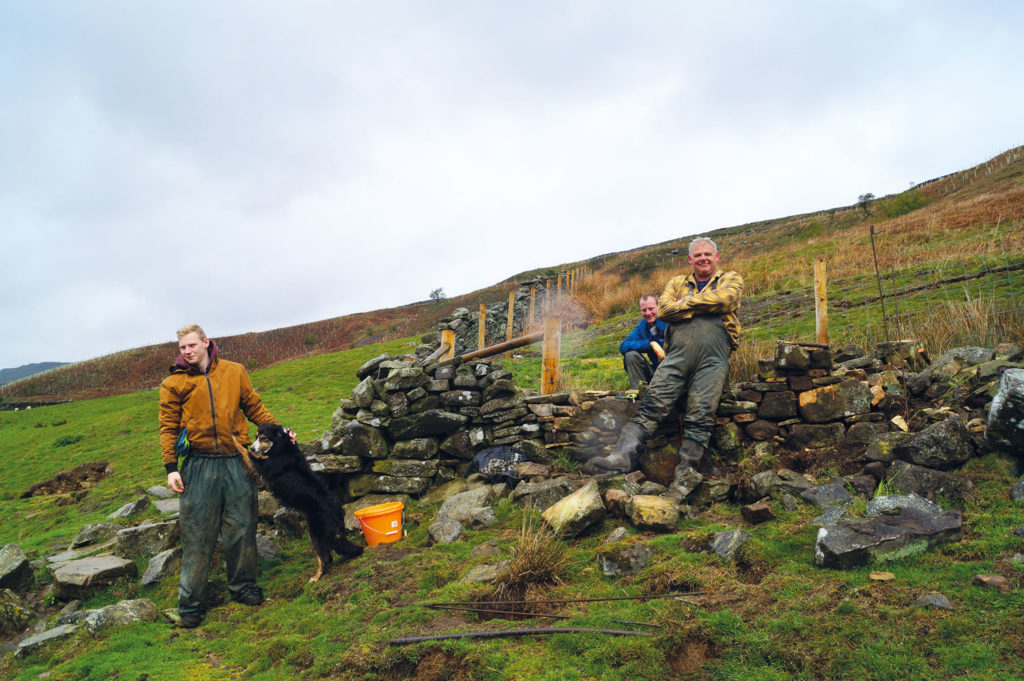
There has been plenty of clearing and mending to do. A good deal of old fencing has been removed and craftsmen contracted to restore 1,200m of stone walls. Up on the moor, tracks are being repaired, which can be used by walkers and enable access to conserve the moorland plants. There are currently only 300 acres of heather on 500 acres of moor, the rest being comparatively species-poor grassland and bracken, which Roy has started to clear and reseed with heather, berries and grasses.
Conservation in numbers
- 65,000 trees planted
- 1,200m stone walls repaired
- 54 hectares of new woodland
- 60 bird boxes installed
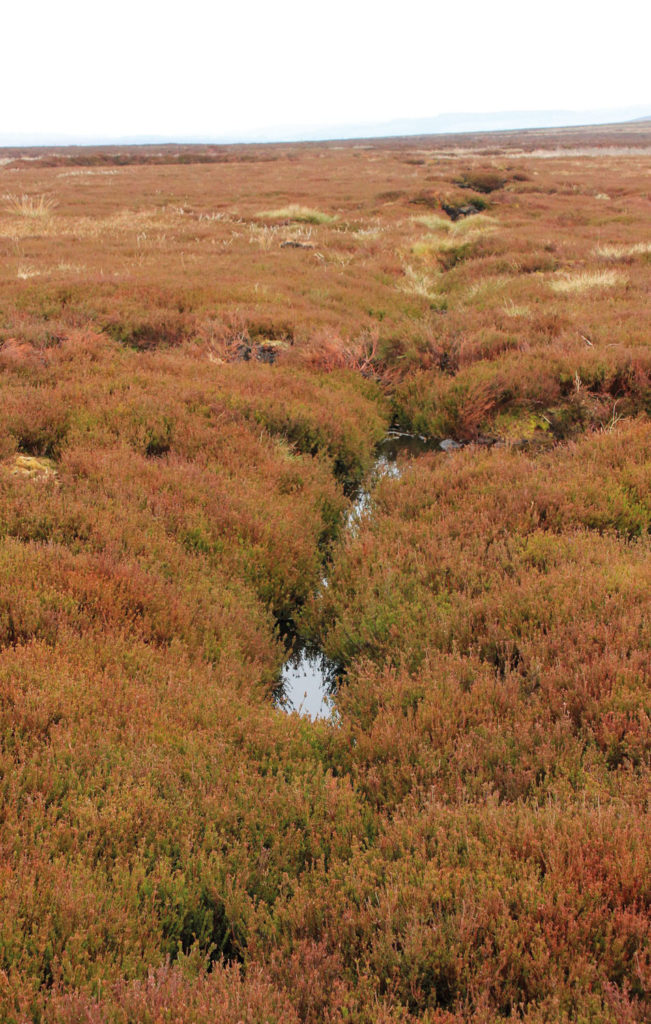
Simon Bland of Bland and Barker has been advising on rewetting to restore sphagnum moss and other peat-forming plants as part of the CS agreement. Like many other grouse moors, Summerstone has filled in the drains that were dug after the Second World War to increase agricultural production but which caused drying out of the peat, erosion and contributed to flooding. Simon said: “It’s fantastic what’s been achieved here. Using a range of management techniques, including heather burning, cutting and grip blocking, we are actually increasing peat and with it the moor’s capacity to store carbon and prevent flooding. It will also increase specialist upland insects and wild birds including curlew and golden plover. Heather moorland is one of the world’s rarest habitats and the UK has the majority of it, so we need to look after it.”
The network of people supporting the project goes beyond those employed directly by the estate. Local businesses and community play an important part. In the winter, hotels and pubs accommodate visitors coming to shoot, which in turn provides an essential source of income when the tourist season finishes. John Whitaker, who runs The Crown with his wife Holly, his father Malcolm and mother Caroline, said: “Last year was a poor year for grouse. Lots of shoots were cancelled and we missed out on around £50k worth of business. We are a close community and everyone has a connection with the moors, from retired folk to kids who love going out beating. A shoot is a social gathering and people meet up in the pub at the end of a day out on the hill.”
Further down the valley in Pateley Bridge, Paul Kendall owns Kendalls Butchers shop, which has been in the family for three generations. He supplies the estate with game pies for the beaters’ lunches and buys grouse and pheasants in the season to sell in the shop. He said: “Shooting is a very important aspect of our heritage in this part of Yorkshire, and in these remote areas it’s one of the main forms of employment. It is so much part of the life of the community; if it were ever to go I think the town would struggle.”
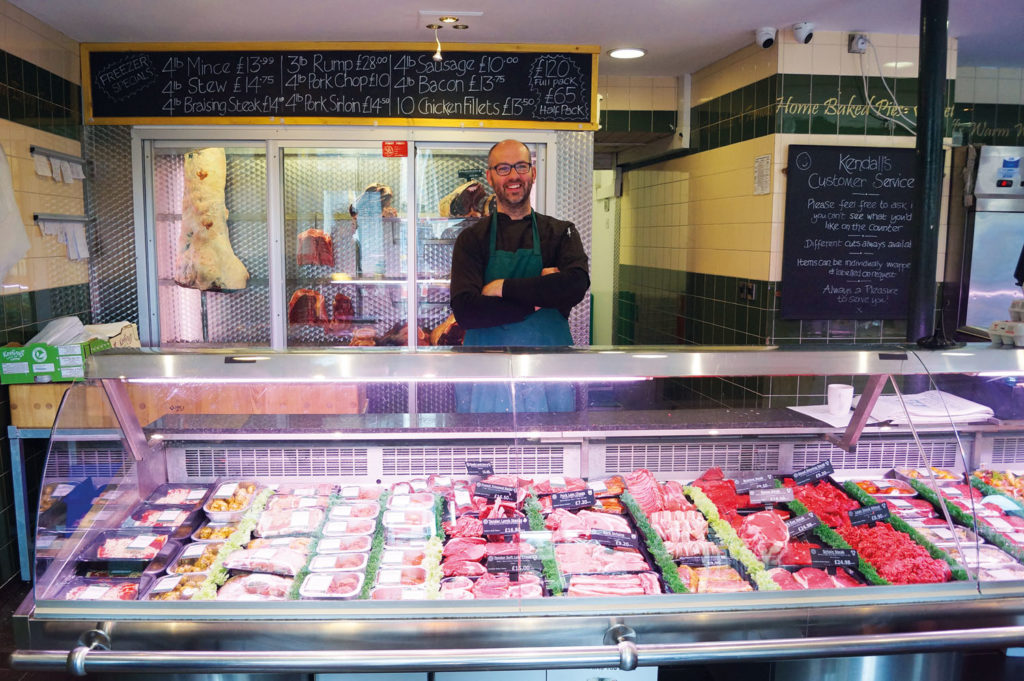
As well as the dedication of everyone working on the estate and support from the local community, the future of conservation at Summerstone depends on integrating a range of revenue streams from farming to shooting, to tourism. Take one away and the capacity to provide both employment and an attractive countryside rich in biodiversity is drastically reduced. It will, however, take time for the estate to break even, and it will depend on long-term financial investment.
The good news is there is no doubting Steve and his wife Karen’s commitment to the project. At present they are considering plans to create accommodation so visitors can stay and enjoy the returning wildlife and restored landscape. Steve said: “I am intensely proud of what everyone involved has achieved in a comparatively short time and look forward to making more progress in the coming years. It is my and Karen’s intention to pass the estate to our boys in a healthier condition at a point where it can sustain itself. Summerstone is a truly special place and we are committed to securing its future.”
This case study is taken from our book Moorland Conservationists, available here for just £3.99.
